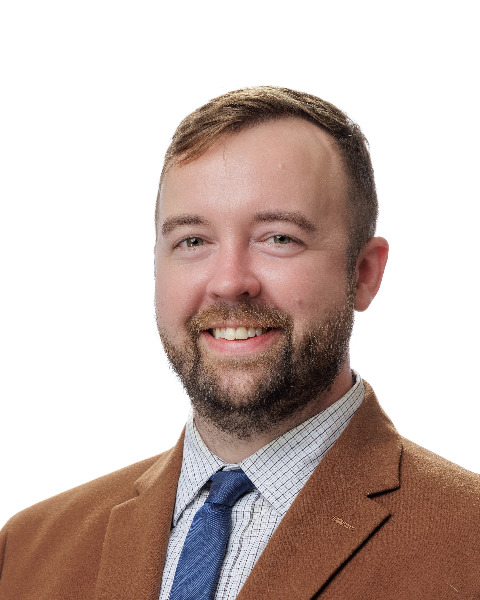Concurrent Session
Regulatory Program Issues
Hydroelectric
General Case Studies
Session: Case Studies in Dam Rehabilitation
CS13B - Concurrent Session 13B: Repurposing a Dormant FERC Exemption: Notre Dame’s Hydropower Development on the St. Joseph River in South Bend, Indiana
Tuesday, September 23, 2025
11:00 AM - 11:30 AM ET
Location: Huntington Convention Center of Cleveland, Atrium Ballroom C

Kevin Siedlecki, P.E.
Project Manager
Lawson-Fisher Associates
South Bend, Indiana
Presenter(s)
Abstract Description: The City of South Bend was granted a small hydropower exemption by the Federal Energy Regulatory Commission (FERC) to generate electricity at an existing dam on the St. Joseph River. However, the city never acted on the exemption, and the opportunity for hydropower production remained unrealized for years. Recognizing the potential for renewable energy development, the University of Notre Dame partnered with the city to transfer the exemption, allowing the university to design, permit, and construct a new hydropower facility.
This presentation will provide an overview of the exemption transfer and amendment process, regulatory challenges, and key engineering considerations in bringing the project to fruition. The discussion will cover the technical aspects of the new hydropower facility, including site configuration, turbine design, environmental considerations, and integration with existing infrastructure. Additionally, the presentation will highlight the collaborative effort between municipal and academic institutions to advance renewable energy production while maintaining dam safety and compliance with FERC regulations.
Recognized as Power Magazine's 2024 Renewable Energy Project of the Year, Notre Dame’s hydropower facility is now operational, supplying a sustainable energy source that reduces the University’s carbon footprint and expands its renewable energy portfolio, supporting its goal of carbon neutrality by 2050. This case study provides valuable insights for dam owners, regulators, and engineers interested in repurposing existing infrastructure for hydropower development.
This presentation will provide an overview of the exemption transfer and amendment process, regulatory challenges, and key engineering considerations in bringing the project to fruition. The discussion will cover the technical aspects of the new hydropower facility, including site configuration, turbine design, environmental considerations, and integration with existing infrastructure. Additionally, the presentation will highlight the collaborative effort between municipal and academic institutions to advance renewable energy production while maintaining dam safety and compliance with FERC regulations.
Recognized as Power Magazine's 2024 Renewable Energy Project of the Year, Notre Dame’s hydropower facility is now operational, supplying a sustainable energy source that reduces the University’s carbon footprint and expands its renewable energy portfolio, supporting its goal of carbon neutrality by 2050. This case study provides valuable insights for dam owners, regulators, and engineers interested in repurposing existing infrastructure for hydropower development.
Learning Objectives:
- Identify the benefits and challenges of repurposing existing dam infrastructure for hydropower development.
- Explain the key engineering and environmental considerations involved in designing, permitting, and constructing a hydropower facility at an existing dam.
- Illustrate how collaboration between municipal and academic institutions can facilitate renewable energy projects while ensuring dam safety and regulatory compliance.
